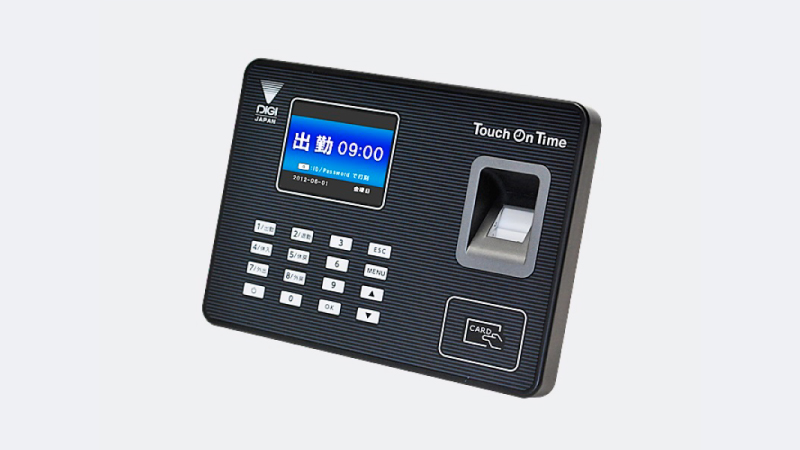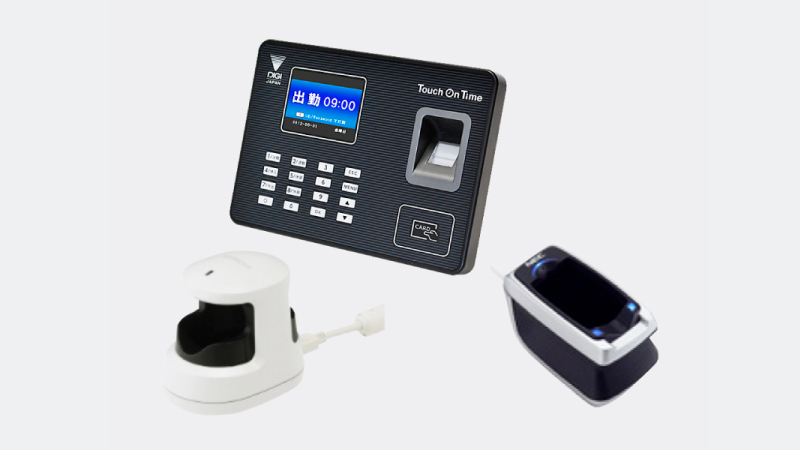

Relationship between the voltage range (high/low reference voltages), speed (slope), and measurement time is shown in the figure below. The following list summarizes available measurement parameters and corresponding ‘set’ functions:Ĭlock cycles of one measurement: touch_pad_set_measurement_clock_cycles() If the dynamic range of obtained readings is still satisfactory, then further reduction of power consumption might be done by reducing the measurement time with touch_pad_set_measurement_clock_cycles(). A likely negative effect is an increase in measurement noise. The high and low reference voltages are set using the function touch_pad_set_voltage().īesides the ability to discern smaller capacity changes, a positive side effect is reduction of power consumption for low power applications.

For instance, to sense smaller capacity changes, it is possible to narrow down the reference voltage range within which the touch pads are charged / discharged. Optimization of Measurements Ī touch sensor has several configurable parameters to match the characteristics of a particular touch pad design.

Additionally, the response of the touch sensor will slow down if the total time of the inverval and measurement is too long. If the specified clock cycles for measurement is too samll, the result may be inaccurate, but increasing clock cycles will increase the power consumption as well. This information can be then used to establish a touch threshold. They can also be used, for example, to evaluate a particular touch pad design by checking the range of sensor readings when a pad is touched or released. The following two functions come in handy to read raw or filtered measurements from the sensor:
#Touch timer software
If software mode is selected, use touch_pad_sw_start() to start the FSM. Use the function touch_pad_set_fsm_mode() to select if touch pad measurement (operated by FSM) should be started automatically by a hardware timer, or by software. Configuration Įnabling the touch sensor functionality for a particular GPIO is done with touch_pad_config().
#Touch timer driver
If the driver is not required anymore, deinitialize it by calling touch_pad_deinit(). It also removes the information about which pads have been touched before, if any, and disables interrupts. _DEFAULT driver parameters listed in API Reference under Macros. Initialization īefore using a touch pad, you need to initialize the touch pad driver by calling the function touch_pad_init(). Practical implementation of this API is covered in Section Application Examples. Setting up interrupts to report touch detectionįor detailed description of a particular function, please go to Section API Reference. Functionality Overview ĭescription of API is broken down into groups of functions to provide a quick overview of the following features: In-depth design details of touch sensors and firmware development guidelines for ESP32 are available in Touch Sensor Application Note.įor more information about testing touch sensors in various configurations, please check the Guide for ESP32-Sense-Kit.
#Touch timer manual
The touch pad sensing process is under the control of a hardware-implemented finite-state machine (FSM) which is initiated by software or a dedicated hardware timer.įor design, operation, and control registers of a touch sensor, see ESP32 Technical Reference Manual > On-Chip Sensors and Analog Signal Processing.

The sensing pads can be arranged in different combinations (e.g., matrix, slider), so that a larger area or more points can be detected. Touch sensor on ESP32 can support up to 10 capacitive touch pads / GPIOs. When a user touches the surface, the capacitance variation is used to evaluate if the touch was valid. A touch sensor system is built on a substrate which carries electrodes and relevant connections under a protective flat surface.


 0 kommentar(er)
0 kommentar(er)
